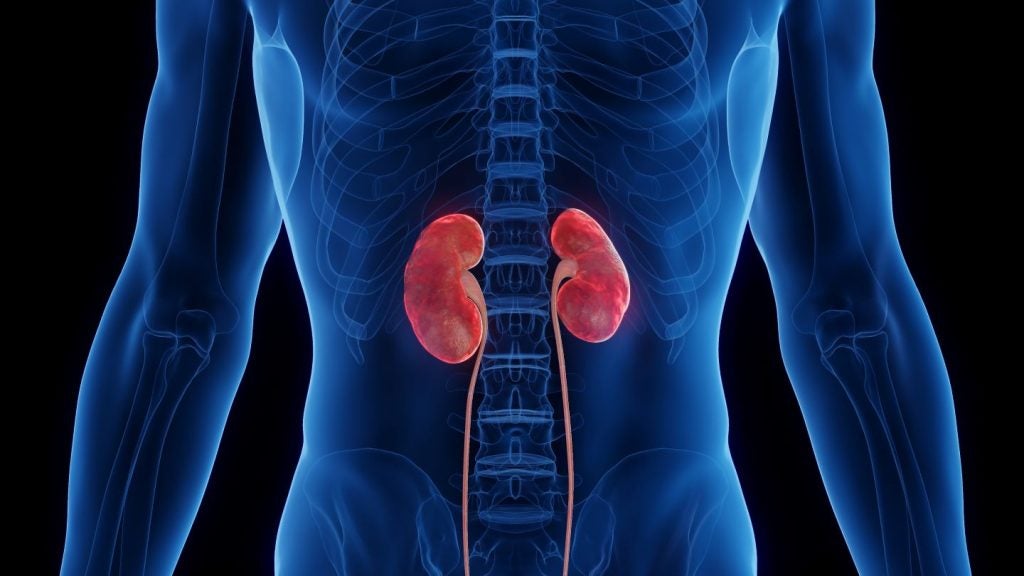
Most people looking at a product used in a clinical trial would never think about barcodes. Surely, if there are barcodes printed on the product packaging, all supply chain stakeholders who need to know about the information contained within can scan the barcode to use that information. This is a common assumption that is made every day.
Unfortunately, this is not correct.
While barcodes are more and more commonly used throughout clinical trial supply processes, in the majority they are designed by individual companies for their own internal use. They are inconsistent in the format and structure of the data encoded, and not useful to anyone apart from the organization who originally printed the barcode. What this means is that the next stakeholder who scans the barcode is unable to use the information contained.
Barcodes are not new technologies – they were first conceived in the late 1940s and are part of our daily life. By the 1970s, the concept of standardization of the barcode itself and the content contained within had become a focus. The idea that an identifier encoded in a barcode by the brand owner could be globally unique, unambiguous, contain no inherent meaning, and at the same time be a look up to data stored securely in a database, has revolutionized industry sectors and supply chains across the world. All trading partners up and down the supply chain could use the same standardized identifier and barcode to link to data in their databases reducing risk, confusion, cost and error.
When we jump forward nearly 45 years, barcode technologies may have advanced, but this foundational concept of global standardization of barcode format and identifier – use of GS1 standards – as defined in 1974, persists with minimal changes. This is why GS1 standards improve the efficiency, safety and visibility of supply chains across physical and digital channels in 25 sectors, enabling organizations of all types and sizes to identify, capture and share information seamlessly.
How well do you really know your competitors?
Access the most comprehensive Company Profiles on the market, powered by GlobalData. Save hours of research. Gain competitive edge.

Thank you!
Your download email will arrive shortly
Not ready to buy yet? Download a free sample
We are confident about the unique quality of our Company Profiles. However, we want you to make the most beneficial decision for your business, so we offer a free sample that you can download by submitting the below form
By GlobalDataWhy Should Clinical Trial Stakeholders pay attention?
The right medicinal product being administered to the right patient at the right time, via the right route, and in the right dose is a fundamental patient expectation and obligation of the nurses/doctors caring for them – irrespective of whether that product is distributed via a commercial supply chain or as a product subject to a clinical trial. In the clinical trial context, what happens when product packaging is similar? It might happen that the wrong product is picked for distribution to a trial site or even administration to the patient, or it might be that trial participants have similar personal details and could be mistaken for each other. Not often, but sometimes, mistakes happen – to err is human.
The function of scanning a barcode to use the encoded identifier to look up data in a database provides an additional check, a tool, which then can give extra assurance to the patient, the caregiver, the picking and distribution process and ultimately the trial.
A number of innovative pharmaceutical companies currently using GS1 identifiers and barcodes throughout their commercial supply chains are questioning how to apply these standards to their clinical trials products and use them through their clinical trials supply processes. These companies often ask: “Why should we have to use a different approach for identification and barcoding in one part of the business versus another?” This question is raised with the knowledge that the structure of the GS1 identifier, with an absence of inbuilt meaning interpretable by the human eye, maintains the need for anonymity for identification of products used in blinded clinical trials.
The perspective and opportunity for benefits, for hospitals and trial sites is no different. Receiving products into trial sites in the absence of standardized identifiers and barcodes leads to manual processes and inefficient double-checking. At some trial sites, site-specific identifiers and barcodes are being applied at the point of goods receiving in an effort to try to more accurately manage inventory associated with multiple trials being run concurrently. Realizing the inefficiency and potential risk introduced by such processes, hospitals are also starting to question the need to have different processes for identification of commercial versus clinical trial products.
With the significant crossover of commercial product into clinical trials environments, for example commercial product being used as a comparator in a particular trial, and at the same time late stage investigational product being introduced into commercial supply chains, the case for leveraging global standards becomes even more compelling. Today, as these products enter the ‘other’s’ environment, the potential for error is seen due to over-labelling and re-identification steps.
It is recognized that clinical trial processes have complexities not seen elsewhere
When considering application of GS1 standards, there is clear recognition that clinical trials have identification complexities not seen today in the commercial health care supply chain. The uniqueness of an investigational product which in many cases is only for one patient means this has need to be identified to the instance of the product. In blinded trials the investigational product, comparator or placebo, must not be differentiated from each other when GS1 standards are applied.
An industry working group, conducted through the GS1 Global Standards Management Process will commence in April 2018 to develop a best practice guideline for application of GS1 standards for identification and barcoding of clinical trials products, locations, patients and caregivers, ensuring the business and process requirements of all stakeholders are taken into account. All industry stakeholders interested in this topic are encouraged to get involved.
Inaction is a Risk – Work with industry to drive global standards uptake
If action is not taken, clinical trials stakeholders will continue to work with company-specific solutions unable to be used by their trading partners and collaborators across the supply chain. As reliance on barcodes grows, more and more company-specific solutions are propagated, leading to increased inefficiency, risk and possible confusion.
As indicated by the many clinical trial organizations who have approached GS1, this is not appropriate in any modern supply process, particularly one dealing with some of the most advanced medicinal products with the potential to transform health care as we know it today. Our request to all industry stakeholders is to collaborate to implement global standards for unique identification and barcoding across clinical trials supply processes. In other words, let’s work together to make a difference for patient safety and quality of care!







